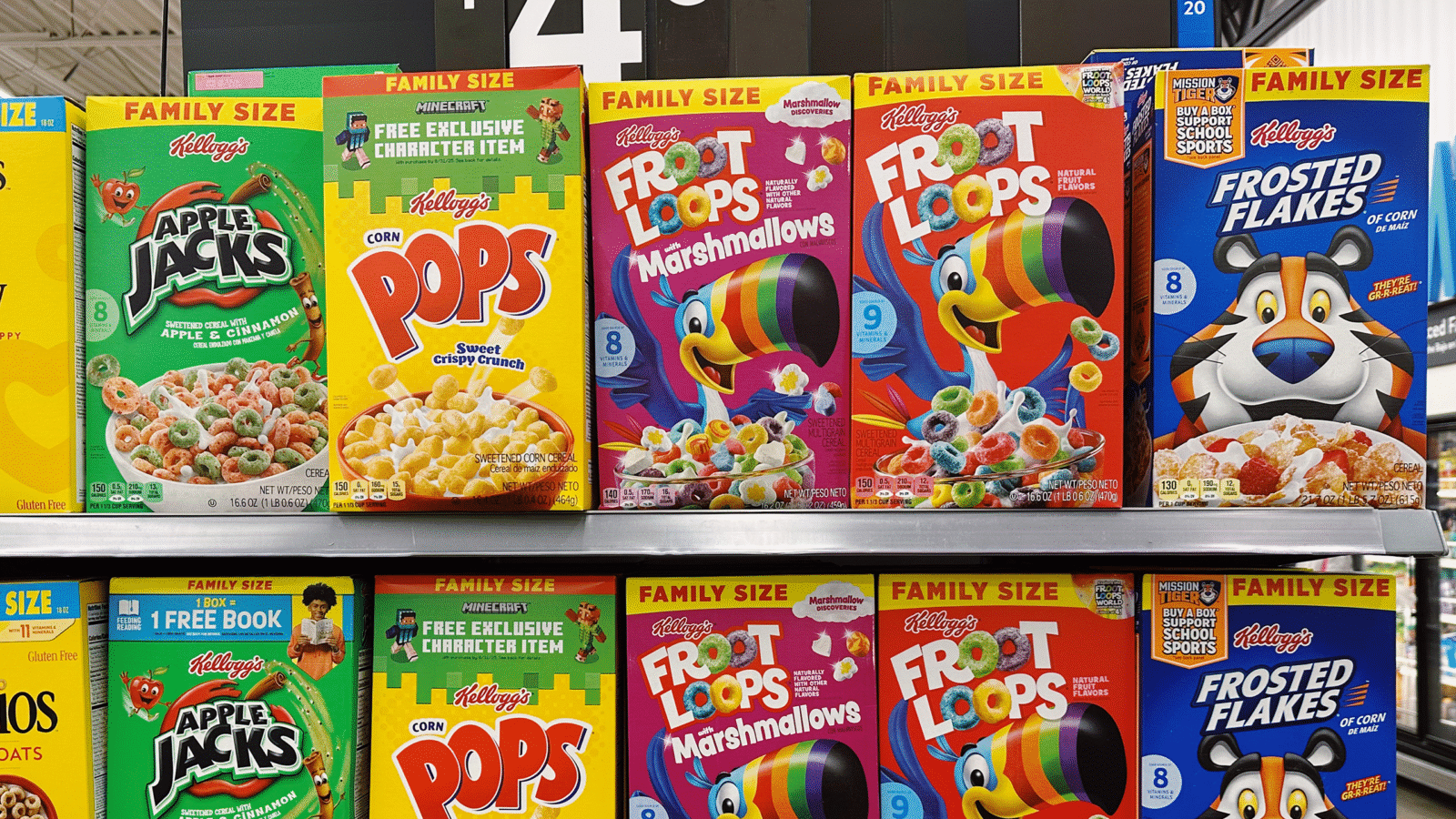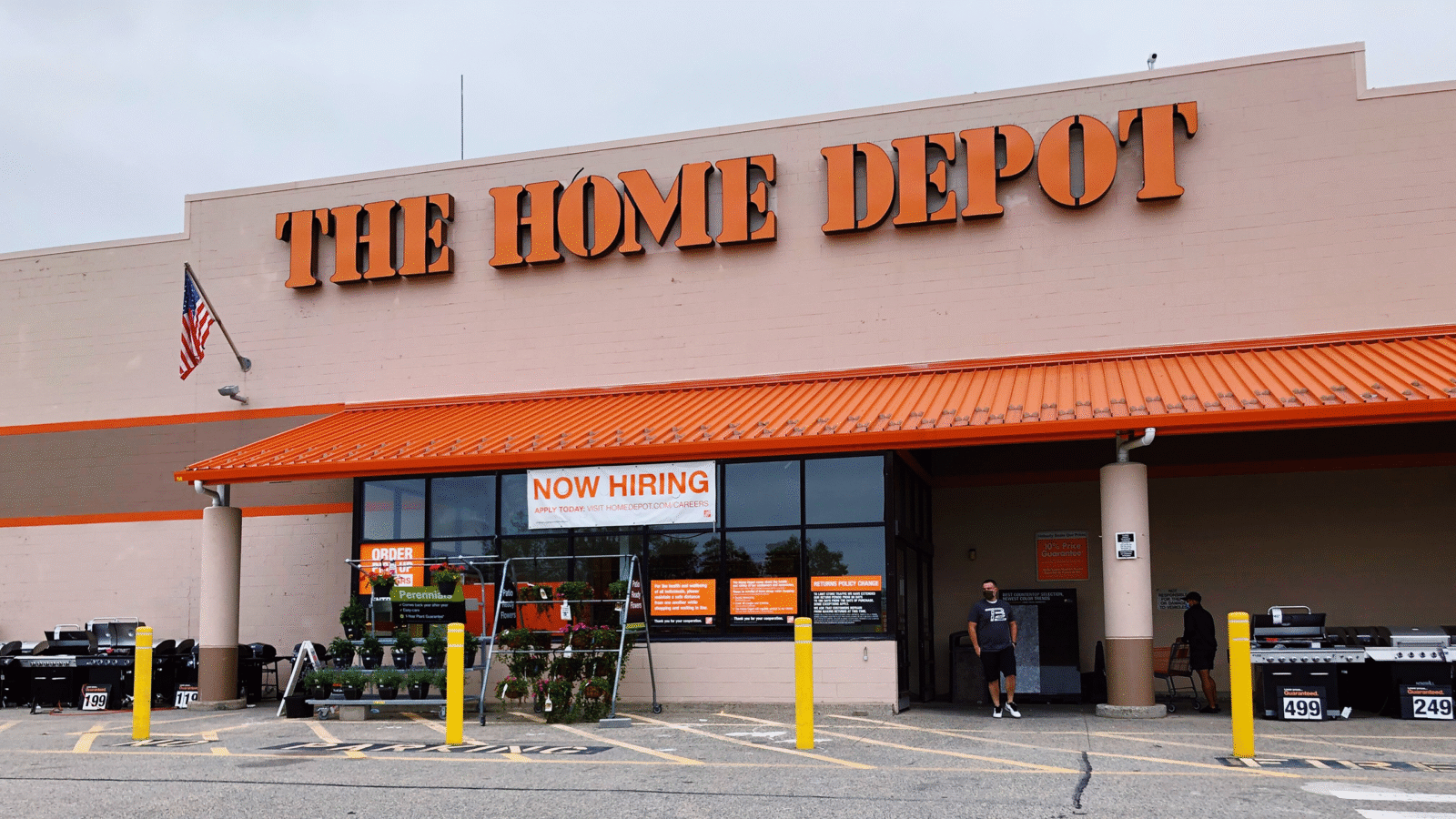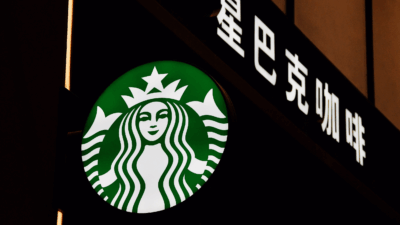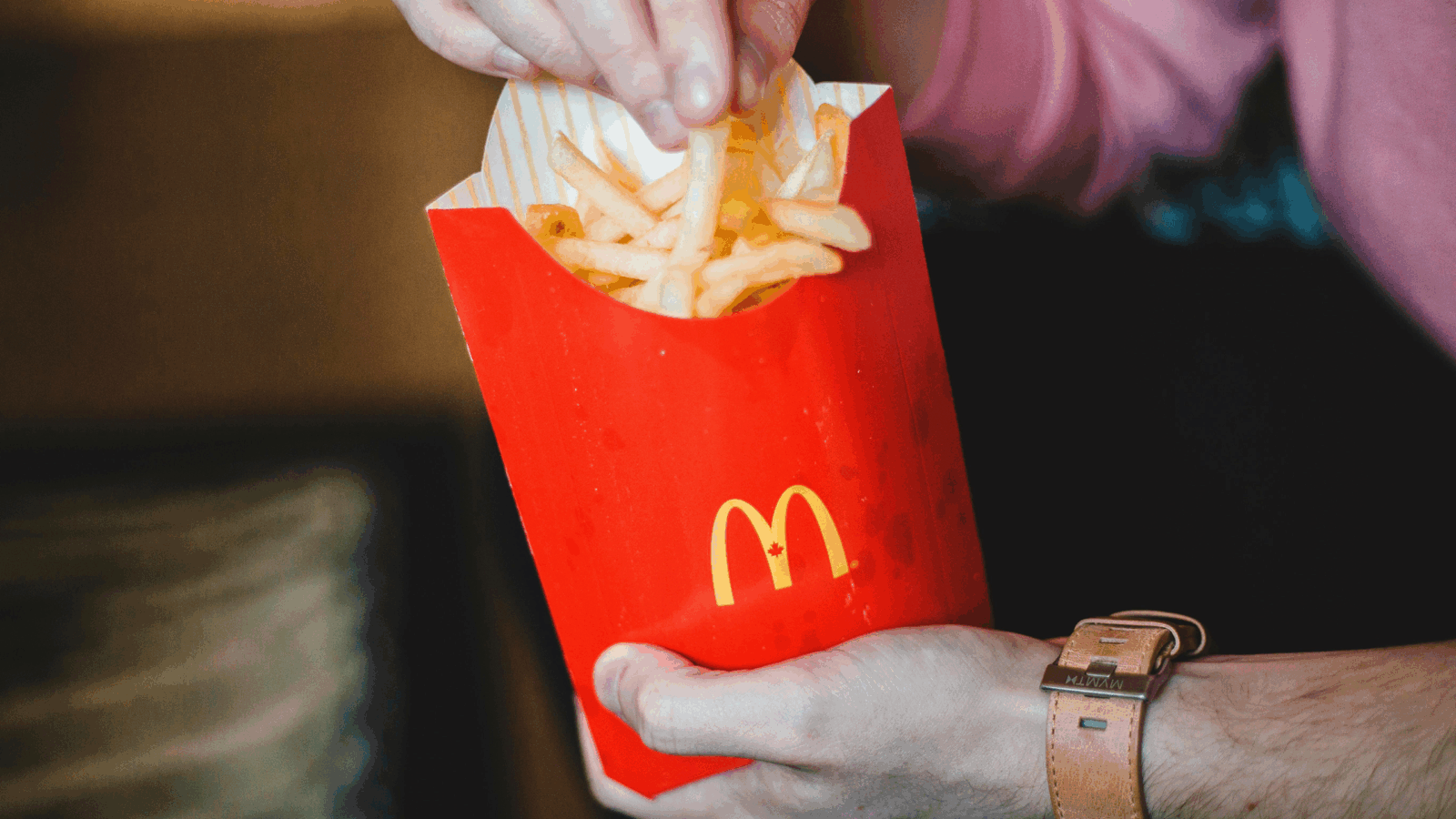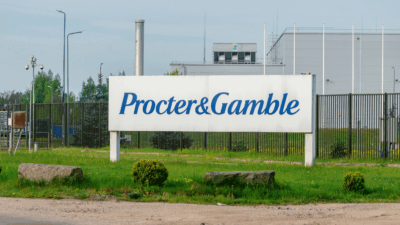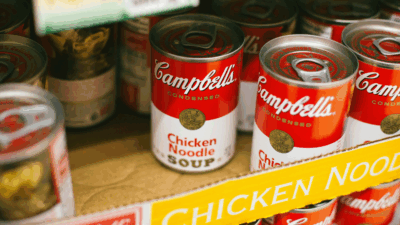
Sign up for smart news, insights, and analysis on the biggest financial stories of the day.
The phrase “too big to fail” could be aptly applied to the brick-and-mortar retail climate of today.
As various merchants wade through supply chain snags, climbing costs, and a resurgence of Covid-19, Walmart on Tuesday reported another quarter of rising U.S. sales, surpassing Wall Street expectations.
Back-To-Store Season
It is officially back-to-school season, and groceries are pretty much always in season. It’s those two categories in particular that lifted Walmart’s sales for the quarter wrapping up at the end of July:
- The chain’s food sales grew $2.4 billion versus a year ago, as Walmart’s low prices and reliable inventory of meats and produce drew shoppers in.
- And comparable sales (those from U.S. stores and digital channels operating for at least a year), rose 5.2% in the quarter compared with the same period last year.
The solid figures put Walmart’s revenue $4 billion above analyst expectations, with CFO Brett Biggs reporting that the Delta variant hasn’t had “any meaningful impact” on the national business, as customers continue to pack stores this summer after “coming out of hibernation.”
The Real Tale In Retail: The Commerce Department said Tuesday that U.S. retail sales (purchases at stores, restaurants, and online) dropped 1.1% in July as consumer spending dipped broadly in everything from clothing to cars.
Walmart U.S. CEO John Furner said the company’s sheer magnitude has enabled it to escape supply chain and inflationary pressures, noting that Walmart has managed to avoid inventory shortfalls by securing supplies in advance and chartering its own vessels for importing goods.
Tool Time(out): Fellow big-box chain Home Depot reported comparable sales growth of just 4.5% in the recent quarter, a marked decline after 4 consecutive quarters of over 20% growth. Seems like your neighborhood Tim “The Toolman” Taylor is taking a breather from all of last year’s home improvements.
